Kissing spines or overlapping of the dorsal spinous processes is quite a common cause of back pain in horses, this overlapping or rubbing causes pain and inflammation. This ailment is most common in hunters and jumpers, or horses jumping at speed. But what causes the problem?
Some Causes of Kissing Spines
Recent research has shown that bones of ancient horses also show the incidence of kissing spines, leading scientists to conclude that there is a hereditary factor, and it would appear, that Thoroughbreds, Warmbloods and Quarter Horses seem to have a higher predisposition to the problem.
The most common site for kissing spines to occur is in the mid back region of the horse that is from the base of the withers to the back of the saddle area.
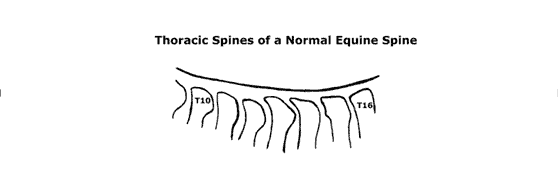
The reason for this occurrence is that the spinous processes of the horse in this region are naturally located quite close together. Therefore with this natural arrangement, if the animal was to suffer an injury in this area kissing spines may develop as a result of the injury.
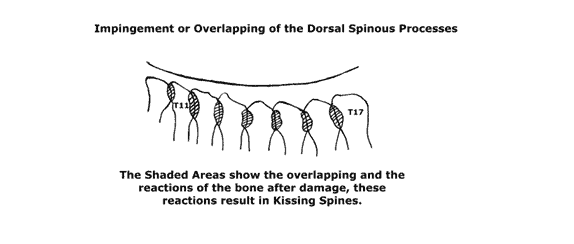
Some common causes of an injury related to the disorder are falls such as those occurring when jumping at speed, or mishaps such as a startled horse that rears over backwards, or a horse struggling to free itself from a cast.
However, one can’t over look more obvious causes for damage, such as rider and saddle issues. For example if the saddle does not fit the animal correctly and is used for any length of time this may cause injury to the spine. Equally if the animal is young and it back muscles are not strong, or the muscles become fatigued then a heavy rider may also cause injury in this region.
What is said to happen in the case of rider injuries is damage to the ventral aspect of the intervertebral joint which causes compression of the joint that leads to the impingement of the dorsal spinous processes i.e. Kissing Spines. It should be noted that symptoms of Kissing Spines may not appear until long after the initial cause of the problem.
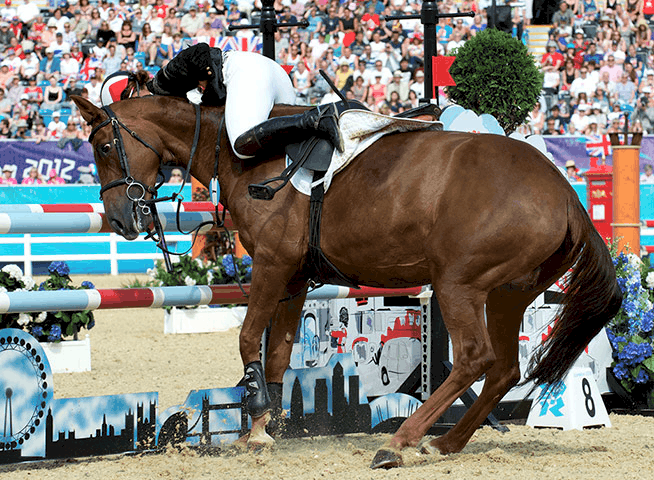
Symptoms of Kissing Spines
• There are often changes in temperament/behaviour
• The horse may begin to resent being saddled up or being groomed.
• The animal may buck after being saddled or attempt to lie down
• When the girth is tightened the horse may groan or show obvious signs of pain or discomfort
• There may be some history of loss of performance
• The animal may buck or bolt, as if running from pain
• It may be unable to use its back when being ridden and there may be a reluctance to go forward
• There is often increased stiffness in the back, which may be accompanied by,
• Abnormal hind limb gait
• If the problem is long standing there may also be atrophy (wastage) to the longissimus dorsi muscles.
Many of these symptoms are similar to symptoms of other back problems in the horse so diagnosis by a trained veterinarian is the best course of action.
Diagnosis
When the vet arrives he will take a detailed history of the horse, and combine this with a physical examination and possibly x-rays before he will come to a diagnosis.
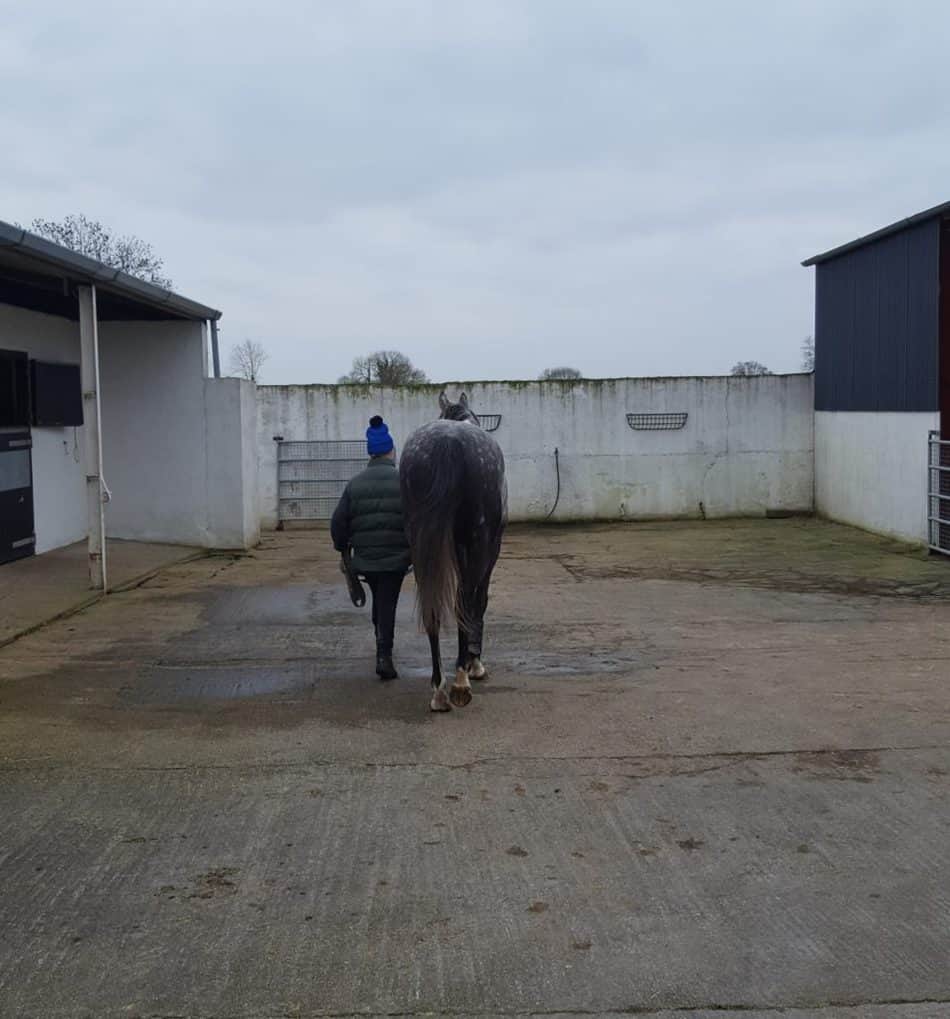
Once your vet has assessed the movement of the horse, starting at the withers and working backward he will palpate the animal’s spine, looking for any irregularities in the spinous processes of the thoracic and lumbar region.
He will note if the animal shows any signs of discomfort. He will then test the spine for loss of flexibility; a horse with kissing spines will show little or no movement in response to these tests. Where possible he may recommend an x-ray or scan to confirm the diagnosis.
Treatment of Kissing Spines
The treatment will usually start with a period of rest and the administration of anti-inflammatory drugs (NSAIDs). Nowadays the vet will usually administer injections of corticosteroids between the affected spinous processes, this combined with the use of NSAIDs, can be very helpful in the reduction and removal of pain where minor lesions between the spines are concerned.
Shockwave therapy is a relatively new therapy; however, there have been reports of its use in the successful removal of minor lesions between the spinous processes involved in kissing spines, helping the affected animal to recovery. However, as yet this therapy is not widely used.
Surgery is usually only suggested in very severe cases; the surgeon removes the tops of the affected spinous processes, thus relieving the animal of any symptoms of pain. However there is usually a long and strict convalescence after surgery which must be followed so that the animal can make a complete recovery.
Chiropractic and Acupuncture have also been documented to help keep the horse flexible and comfortable in many cases.
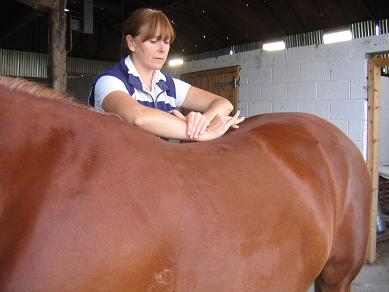
Remember as with all ailments prevention is better than cure. Regular chiropractic treatments will help to keep horses supple and flexible.
The chiropractor will spot problem areas, or possible sites of trauma, and coupled with their treatment, they will advise on the best course of action.
If your horse has had a fall or some sort of trauma recently, don’t wait for a problem to arise, have them checked initially by your vet and then by your chiropractor.
Roma Burke DC AMC MMAA – is a Chiropractor and Sports Massage Therapist for Horse and Rider/BHS trained Instructor/ Owner and Founder of Irish Sport Horse Magazine. This article was originally published in Irish Sport Horse Magazine February 2019.
